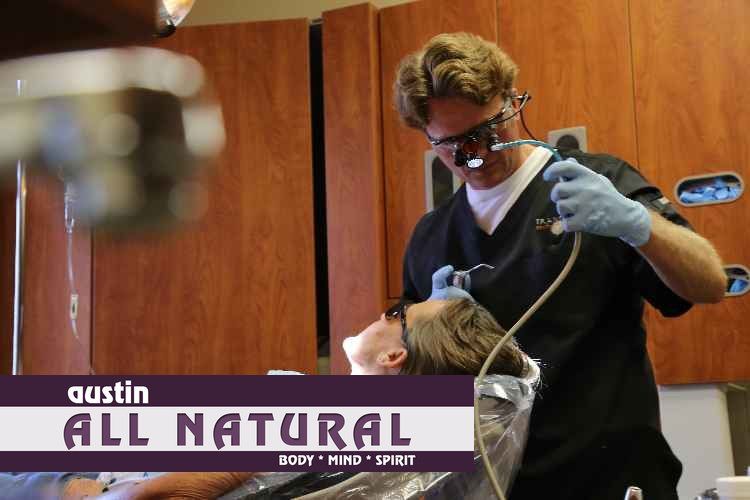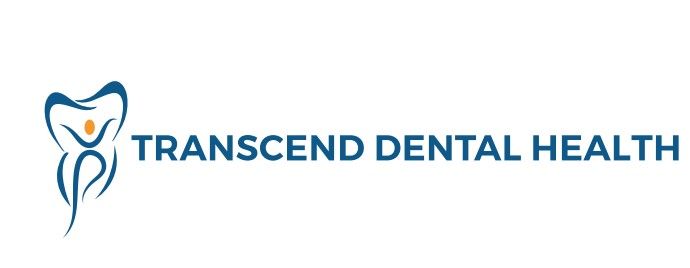Childhood Sleep Apnea
This article first appeared in the Sept. 2017 issue of Austin All Natural magazine.
© 2018, Austin All Natural
CHILDHOOD SLEEP APNEA: Can holistic dentistry help?
In his book Nutrition and Physical Degeneration , Westin Price demonstrated that when a mother ate processed foods, it contributed to negative craniofacial development in a child.
This meant changes in food quality were translating to actual changes in facial bone development and health of the following generation – those children had more crowded teeth and less effective airways than children born of mothers still on their ancestral diet, resulting in more oral disease.
It also led to health challenges related to an inability to move air properly through the nose. Three or four generations away from the time Dr. Price did this research, how much more can we expect children’s bites and airways to be affected by toxins that mothers and children experienced in utero?
We’re talking about obstructive sleep apnea, a breathing problem related to the structure of the nose, palate, jaws, and airways.
There are other types of apnea, but we’re focusing on airway problems related to a blockage or obstruction, resulting in a child’s brain and body not receiving enough oxygen.
Apnea in defined as when a child stops breathing for at least ten seconds, whereas hypopnea is when breathing only partially stops, but there’s a drop in oxygen saturation, or oxygen levels in the blood.
Children are organized according to episodes per hour – mild, moderate, or severe. Currently, the only way to diagnose a child is with a polysomnogram (PSG) – commonly known as a sleep study – typically performed by a neurologist.
It’s estimated over ninety percent of obstructive sleep apnea cases are undiagnosed.
Some outward behavioral signs include learning disabilities, developmental problems, behavioral problems, heart problems, high blood pressure, and obesity.
Since there’s lack of oxygen saturation and less oxygen to the brain, there’s daytime sleepiness or hyperactivity, lost cognitive ability, and a maybe child lagging behind in many areas of development or becoming frustrated and depressed.
Other common presentations for children with sleep apnea are chronic mouth breathing, narrow jaws, dry lips, abnormal swallowing, and consistently swollen, enlarged tonsils. Sometimes they’ll have dark circles under the eyes from venous pooling, related to mouth breathing.
Many times children with obstructive sleep apnea will grind their teeth excessively and snore loudly, have restless sleep, or experience nightmares, night terrors, or bedwetting from lowered oxygen levels while sleeping.
When children are mouth breathers, it suggests nasal breathing is obstructed, causing the tongue to sit on the floor of the mouth instead of against the palate, as in nasal breathing. This tongue position actually affects a child’s normal head and neck development.
Questions for parents suspecting sleep apnea.
Does your child:
- Snore, grind his or her teeth?
- Wake up in the same position they went to sleep, or sleep restlessly?
- Wet the bed?
- Wake up with a headache?
- Have chronic congestion, rhinitis allergica , frequent upper respiratory infections, sinus infections?
- Have difficulty swallowing, poor appetite?
- Have growth failure?
- Have hyperactivity, aggressiveness, oppositional behavior, anxiety, social withdrawal?
- Exhibit ADHD symptoms, inattention, executive skill dysfunction?
- Have learning problems, school failure?
Other factors.
Besides the negative impact of nutrition, factors like breastfeeding, thumb sucking, and chewing have a big impact on proper development of bony structures of the face.
Breastfeeding encourages mandibular development, strengthening jaw muscles as the tongue, lower lip, and mandible move in concert to draw the nipple into the mouth. Drinking through a bottle, there’s more forceful sucking, causing cheeks to draw in, putting pressure on gums and teeth and affecting tooth position.
While most people think removing tonsils and adenoids is the best solution for improving a child’s airway, research shows up to seventy-five percent of children who have tonsils and adenoids removed still develop obstructive sleep apnea. Myofunctional therapy is another way of improving obstructed airways, shown to improve oxygenation in both pediatric patients and adults.
Sometimes surgery may be indicated, but I support conservative treatment plans for children and provide consultations for parents interested in understanding how obstructive sleep apnea may affect their child. I don’t always perform all treatment, but do act as a source for information and support for patients seeking safe, natural solutions to dental problems.
Dr. Matthew Carpenter of Transcend Dental Health is a Board Certified Naturopathic Physician, offers natural oral care products incorporating essential oils, drill-free air abrasion, ozone therapy, non-surgical treatment of gum disease, safe mercury and root canal removal, and natural heavy metal elimination. (512) 255-3618, www.tdhtx.com





